
Marius Ivanovich Petipa, born Victor Marius Alphonse Petipa, was a French and Russian ballet dancer, pedagogue and choreographer. Petipa is one of the most influential ballet masters and choreographers in ballet history.

Les Ballets Trockadero de Monte Carlo is an all-male drag ballet troupe that parodies the conventions of romantic and classical ballet. The company's current artistic director is Tory Dobrin.

Le Corsaire is a ballet typically presented in three acts, with a libretto originally created by Jules-Henri Vernoy de Saint-Georges loosely based on the poem The Corsair by Lord Byron. Originally choreographed by Joseph Mazilier to the music of Adolphe Adam and other composers, it was first presented by the ballet of the Théâtre Impérial de l’Opéra in Paris on 23 January 1856. All modern productions of Le Corsaire are derived from the revivals staged by the Ballet Master Marius Petipa for the Imperial Ballet of St. Petersburg throughout the mid to late 19th century.
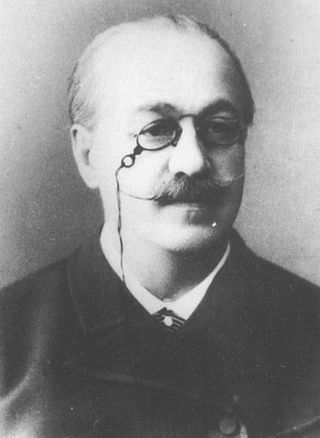
Lev Ivanovich Ivanov was a Russian ballet dancer and choreographer and later, Second Balletmaster of the Imperial Ballet. As a performer with the Imperial Ballet, he achieved prominence after performing as an understudy in a benefit performance of La Fille Mal Gardée. He is most famous as the choreographer of Acts II and IV of Swan Lake, which include the Dance of the Little Swans, Act II of Cinderella, and The Nutcracker, which he choreographed alongside Marius Petipa.
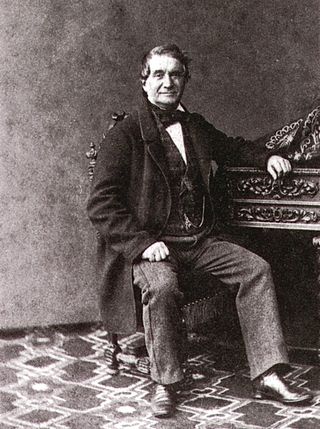
Cesare Pugni was an Italian composer of ballet music, a pianist and a violinist. In his early career he composed operas, symphonies, and various other forms of orchestral music. Pugni is most noted for the ballets he composed for Her Majesty's Theatre in London (1843–1850), and for the Imperial Theatres in St. Petersburg, Russia (1850–1870). The majority of his ballet music was composed for the works of the ballet master Jules Perrot, who mounted nearly every one of his ballets to scores by Pugni. In 1850 Perrot departed London for Russia, having accepted the position of Premier maître de ballet of the St. Petersburg Imperial Theatres at the behest of Carlotta Grisi, who was engaged as Prima ballerina. Cesare Pugni followed Perrot and Grisi to Russia, and remained in the imperial capital even after Grisi's departure in 1853 and Perrot's departure in 1858. Pugni went on to compose for Perrot's successors Arthur Saint-Léon and Marius Petipa, serving as the Imperial Theatre's official composer of ballet music until his death in 1870. He was also the grandfather of Russian painter Ivan Puni, also known as Iwan Puni and Jean Pougny.
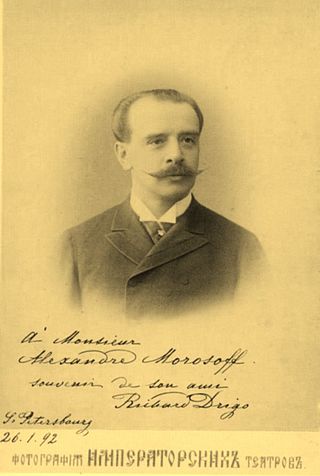
Riccardo Eugenio Drigo was an Italian composer of ballet music and Italian opera, a theatrical conductor, and a pianist.
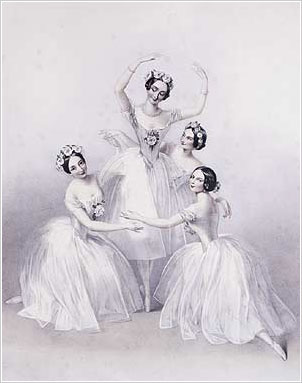
Pas de quatre is a French term used to identify a ballet dance for four people. Pas de quatre are usually plotless dances performed as divertissements within the context of a larger work. However, narrative pas de quatre and pas de quatre that stand alone are not unknown.
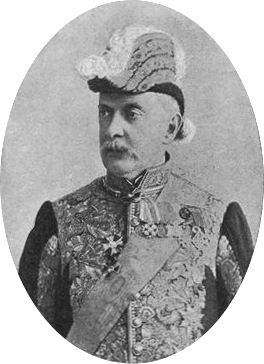
Ivan Alexandrovich Vsevolozhsky was the Director of the Imperial Theatres in Russia from 1881 to 1898 and director of the Hermitage from 1899 to his death in 1909.
Sir Anthony James Dowell is a retired British ballet dancer and a former artistic director of the Royal Ballet. He is widely recognized as one of the great danseurs nobles of the twentieth century.
Andrée Marlière is a Belgian ballet dancer and painter.
Nadia Nerina was a South African dancer who was "one of the most gifted, versatile, and inspiring ballerinas of The Royal Ballet" during the 1950s and 1960s. She was known "for her technical virtuosity, lightness afoot, effortless-seeming jumps, and joyful charm onstage, especially in comedic roles."
Russian classical music is a genre of classical music related to Russia's culture, people, or character. The 19th-century romantic period saw the largest development of this genre, with the emergence in particular of The Five, a group of composers associated with Mily Balakirev, and of the more German style of Pyotr Tchaikovsky.

Ballet is a formalized dance form with its origins in the Italian Renaissance courts of 15th and 16th centuries. Ballet spread from Italy to France with the help of Catherine de' Medici, where ballet developed even further under her aristocratic influence. An early example of Catherine's development of ballet is through 'Le Paradis d' Amour', a piece of work presented at the wedding of her daughter Marguerite de Valois to Henry of Navarre. Aristocratic money was responsible for the initial stages of development in 'court ballet', as it was royal money that dictated the ideas, literature and music used in ballets that were created to primarily entertain the aristocrats of the time. The first formal 'court ballet' ever recognized was staged in 1573, 'Ballet des Polonais'. In true form of royal entertainment, 'Ballet des Polonais' was commissioned by Catherine de' Medici to honor the Polish ambassadors who were visiting Paris upon the accession of Henry of Anjou to the throne of Poland. In 1581, Catherine de' Medici commissioned another court ballet, Ballet Comique de la Reine, however it was her compatriot, Balthasar de Beaujoyeulx, who organized the ballet. Catherine de' Medici and Balthasar de Beaujoyeulx were responsible for presenting the first court ballet ever to apply the principles of Baif's Academie, by integrating poetry, dance, music and set design to convey a unified dramatic storyline. Moreover, the early organization and development of 'court ballet' was funded by, influenced by and produced by the aristocrats of the time, fulfilling both their personal entertainment and political propaganda needs.
Wayne Eagling is a Canadian ballet dancer, now retired. After more than twenty years as a popular member of The Royal Ballet in London, he became well known as an international choreographer and company director.

Ludwig Minkus, also known as Léon Fyodorovich Minkus, was an Austrian composer of ballet music, a violinist and teacher of music.

Ekaterina Valerievna Krysanova is a Russian principal dancer of Bolshoi Ballet.
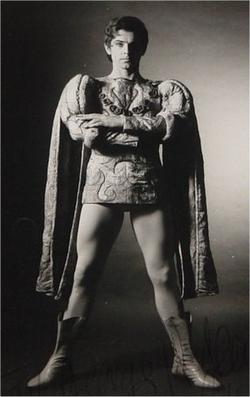
Derek Rencher was a British ballet dancer. A commanding figure among Royal Ballet character dancers for more than four decades, he was probably the most prolific performer in the company's history.

Toer van Schayk is a Dutch ballet dancer, choreographer, scenic and costume designer, painter, and sculptor. Along with Rudi van Dantzig and Hans van Manen, he is one of the creative triumvirate that brought the Dutch National Ballet to international prominence in the latter half of the twentieth century.












